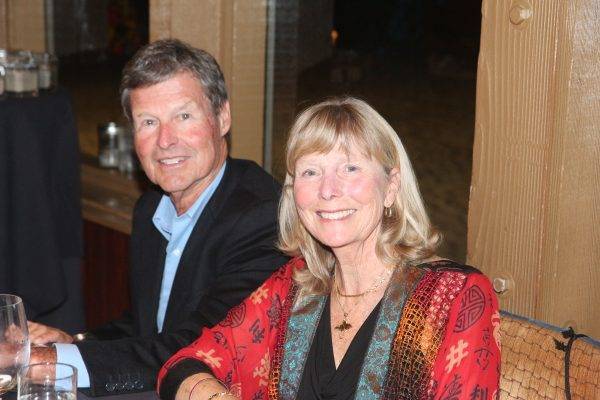
The Hermosa Beach City Council unanimously endorsed a school bond measure Tuesday night that will face city voters in June.
The council lent their blessing to Measure S, a school facilities measure that would modernize the two existing city schools and reopen North School to ease overcrowding. In front of a crowd dominated by supporters, council members did their best to convince skeptics, citing a link between property values and support of public schools.
Mayor Pro tem Hany Fangary recalled that when he first began looking for a home in the South Bay some 20 years ago, realtors were constantly talking about the schools in the neighborhood. Fangary realized that those schools were propping up the value of the homes he visited.
The Committee to Restore Hermosa Schools, which aided in the narrow defeat of school bond Measure Q in 2014, has returned to oppose Measure S. And some residents raised dollars-and-cents objections despite the council’s reasoning.
“I’m asking you to make a financially sound decision based on all the facts and figures, which we don’t have right now,” said resident Jackie Tagliaferro.
But rejecting two school bond consecutive bond measures, the council felt, would have far-reaching effects. Mayor Carolyn Petty, who said she has seen crowding worsen during the time her two daughters spent in Hermosa schools, raised the prospect of deteriorating conditions pushing wealthier families—and their associated education foundation donations—out of public schools.
“Only about 15 percent of our community has children in the school system,” Petty said. “People think, ‘Oh my kids already went through the schools, it’s not my problem.’ But down the line, if you try to sell your house, it will be your problem.”
Carbon neutrality and the general plan
The council came to another unanimous decision at its meeting, though agreement was far less harmonious.
The council voted to direct city staff and the Planning Commission to consider several potentially significant tweaks to Hermosa’s general plan, which the city is currently in the process of revising. Among the changes that will be considered is the hastening of the city’s carbon neutrality deadline, from 2040 to 2030.
The council’s vote Tuesday had little immediate impact. The Planning Commission will now consider the possibility of a 2030 date as an alternative within the Environmental Impact Report that is required for the general plan, along with the 2040 deadline that was disseminated in the Plan Hermosa draft released in December of last year.
Councilmember Jeff Duclos and Petty questioned whether it was skirting transparency rules to affect such a change, given that the city is already part way through the plan update process, and had held several public meetings on sustainability-related topics.
City Attorney Michael Jenkins attempted to reassure council members that including an alternative deadline was appropriate. But the ostensibly procedural question had substantive undertones. Petty remains generally uncomfortable with imposing carbon neutrality and its associated costs on future residents, while Duclos was skeptical that merely pledging to meet the goal by 2030, as opposed to building actual projects, would have much impact.
Residents urged the council to consider the moved-up deadline as an opportunity for the city to distinguish itself from other California municipalities, as well as a way to stand out in applications for grant funding in green energy projects.
“2040 is not a commitment. That’s what everybody else is doing, and will have done,” said environmental activist Robert Fortunato.









